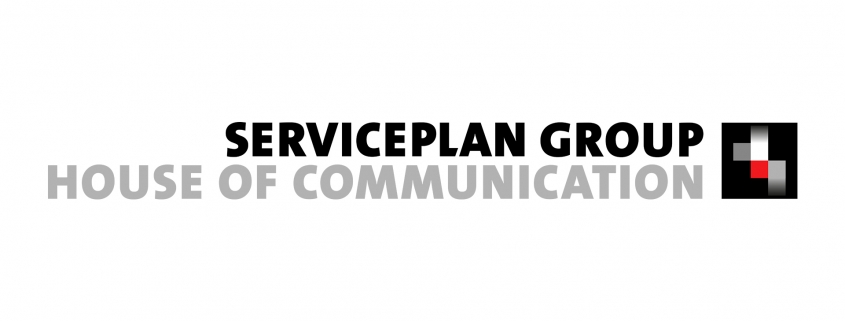By this I mean the connection of change and velocity and thus the enormous and rapidly increasing speed of change, which has covered practically all our areas of life. Whether we are looking at politics in Germany and the world, our working environment, the media or marketing, everywhere we are exposed to an increasing – and increasingly difficult to manage – pace of change. We live in a world that is increasingly characterised by volatility, uncertainty, complexity and ambiguity (VUCA).
What does this mean for us as entrepreneurs?
Above all, we must keep our companies agile to be able to react more quickly to changes. This means smaller, flexible units instead of large monoliths. Fluid and flat hierarchies instead of deeply tiered pyramids. Decentralised decision-making structures instead of Louis XVI. Rent, share and lease instead of owning supposedly valuable company assets. Focusing on creativity instead of market entry barriers as a success factor. Encouraging coworking instead of rigid working environments. Lifelong learning and training instead of completed degree courses.
And above all, abandoning vanities, which in practice are the greatest stumbling block to the willingness to change.
And we all know that’s where it all starts!

